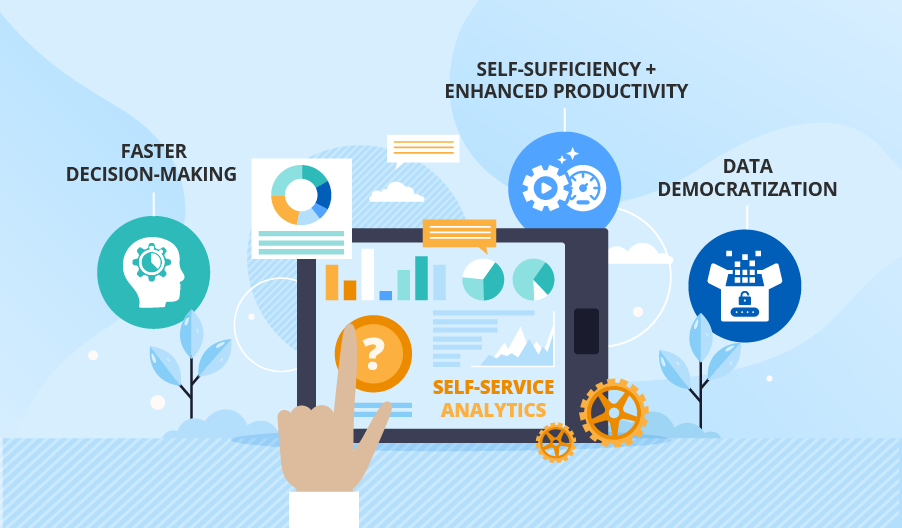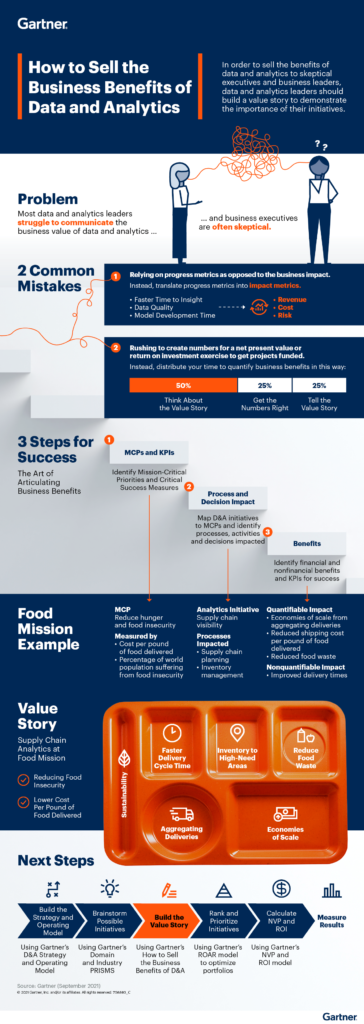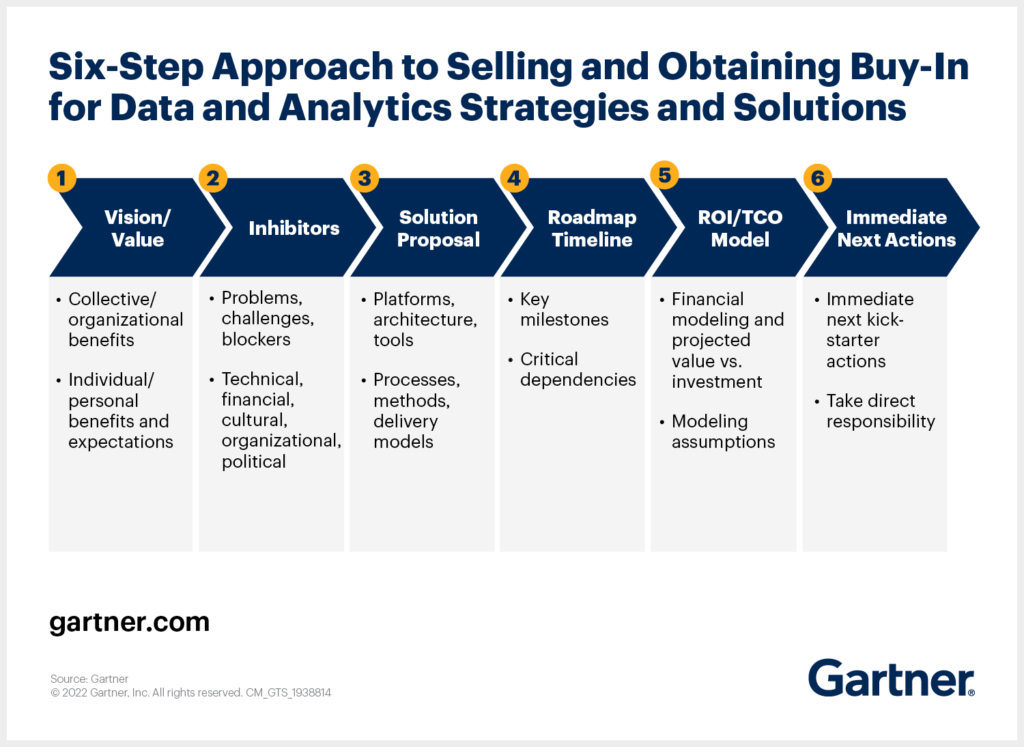In today’s world, where data is king, businesses are constantly seeking ways to extract meaningful insights from their vast data stores. High Performance Data Analytics (HPDA) is a term that has gained popularity in recent years as a solution to this challenge. HPDA is a powerful approach to data analysis that involves processing and analyzing large amounts of data at an unprecedented speed. It leverages cutting-edge technology and algorithms to enable data scientists to quickly identify patterns, trends, and relationships that would otherwise be difficult to detect.
HPDA is not just about speed; it also offers accuracy and precision in data analysis. With HPDA, businesses can move beyond traditional business intelligence and delve deeper into their data, uncovering hidden insights that could help them make better decisions. This technology is particularly useful in industries such as finance, healthcare, and retail, where data is abundant and insights can lead to a competitive edge. In this article, we will explore the fundamentals of HPDA, its benefits, and how it is transforming the modern business landscape.

What is High Performance Data Analytics?
High performance data analytics is a method of analyzing large amounts of data quickly and efficiently. It allows for the quick retrieval of insights and trends from large datasets. It provides the user with the ability to process data faster than traditional methods, such as manual analysis. High performance data analytics makes it easier to identify patterns, correlations, and other insights that can help improve decision-making.
Benefits of High Performance Data Analytics
High performance data analytics provides many benefits, including the ability to identify trends and insights quickly and easily, as well as to make decisions faster. It also allows for faster analysis of large datasets, and it can be used to optimize processes and operations. Additionally, high performance data analytics can reduce costs associated with data analysis, such as the cost of manual analysis.
High performance data analytics can also improve customer experience. By providing better insights, it can help businesses make better decisions, leading to improved customer satisfaction. It can also help businesses identify opportunities to increase sales, as well as opportunities to improve customer service. Additionally, high performance data analytics can help businesses identify areas where they can increase efficiency and reduce costs.
Technologies Involved in High Performance Data Analytics
High performance data analytics relies on several technologies, such as distributed computing, cloud computing, machine learning, and artificial intelligence. Distributed computing is a type of computing that allows for the processing of data across multiple computers. Cloud computing is a type of computing that allows for the sharing of resources across multiple networks. Machine learning is a type of artificial intelligence that allows for the processing of large datasets. Artificial intelligence is a type of computer science that allows for the development of algorithms that can learn from data.
These technologies are used to process large datasets quickly and efficiently. They allow for the creation of algorithms that can quickly identify patterns, correlations, and insights in datasets. Additionally, they allow for the development of predictive models that can be used to make decisions more quickly.
How to Use High Performance Data Analytics
High performance data analytics can be used in a variety of ways. It can be used to optimize processes and operations, as well as to identify trends and insights quickly. Additionally, it can be used to develop predictive models that can be used to make decisions more quickly.
In order to use high performance data analytics, businesses need to have access to the right technologies and systems. This includes access to distributed computing, cloud computing, machine learning, and artificial intelligence. Additionally, businesses need to have access to large datasets. Finally, businesses need to have an understanding of how to use the technologies and datasets in order to extract insights from them.
Frequently Asked Questions
High performance data analytics is a process of analyzing and interpreting large volumes of data to gain insights and generate predictive models. It enables businesses to make better decisions and take informed actions.
What is High Performance Data Analytics?
High performance data analytics is a process of analyzing and interpreting large volumes of data to gain insights and generate predictive models. It involves leveraging advanced technologies such as artificial intelligence, machine learning, and natural language processing to efficiently process and analyze data. This type of analytics is used to uncover patterns, trends, and correlations in data sets, as well as to identify anomalies and outliers that may not be seen with traditional data analysis techniques.
High performance data analytics can be used to answer complex questions and make decisions quickly. For example, it can be used to uncover hidden relationships in data, predict customer churn, and optimize marketing campaigns. Additionally, high performance data analytics can help businesses better understand customer behavior, detect fraud, and identify opportunities for improvement.
How can High Performance Data Analytics be used?
High performance data analytics can be used to answer complex questions and make decisions quickly. For example, it can be used to uncover hidden relationships in data, predict customer churn, and optimize marketing campaigns. Additionally, high performance data analytics can help businesses better understand customer behavior, detect fraud, and identify opportunities for improvement.
High performance data analytics can also be used to generate insights from data that can be used to inform business decisions. For example, it can be used to identify customer segments and identify opportunities for product development. Additionally, it can be used to monitor customer sentiment and uncover correlations between customer behavior and product performance.
What Technologies are Used in High Performance Data Analytics?
High performance data analytics leverages advanced technologies such as artificial intelligence, machine learning, and natural language processing to efficiently process and analyze data. These technologies allow for the automation of data analysis, allowing businesses to quickly process large volumes of data and draw insights from it.
In addition to these technologies, high performance data analytics also relies on powerful hardware to process and analyze data. High performance computing systems such as multi-node clusters and GPUs are often used to process and analyze large amounts of data in a short amount of time. This allows businesses to gain insights from their data quickly and efficiently.
What are the Benefits of High Performance Data Analytics?
The primary benefit of high performance data analytics is that it allows businesses to quickly and efficiently process and analyze large volumes of data. By leveraging advanced technologies and powerful hardware, businesses can uncover patterns, trends, and correlations in data, as well as uncover anomalies and outliers that may not be seen with traditional data analysis techniques.
Additionally, high performance data analytics can help businesses gain insights from their data that can be used to inform decision-making. This can help businesses identify customer segments, monitor customer sentiment, and uncover correlations between customer behavior and product performance. Ultimately, this can lead to improved customer experience and increased business efficiency and profitability.
What are the Limitations of High Performance Data Analytics?
Despite its many advantages, high performance data analytics has some limitations. One of the main limitations is that it requires significant resources to set up and maintain. In addition to the hardware required to process and analyze data, businesses also need to invest in the software and personnel needed to analyze and interpret the data. Additionally, the data must be properly formatted and structured for analysis, which can be time-consuming and expensive.
Another limitation is that it can be difficult to interpret the results of the data analysis. While data analytics can uncover patterns and correlations, it may not be easy to identify the drivers behind those patterns. Additionally, it is important to consider the potential biases that may be present in the data, as these can lead to incorrect conclusions.
In conclusion, high performance data analytics is a game-changing technology that has the potential to revolutionize the way businesses operate. With its ability to process large volumes of data in real-time, companies can gain insights into their operations that were previously impossible to obtain. This technology has already been adopted by leading organizations in various industries, and the trend is set to continue as more businesses recognize the benefits it offers.
As a professional writer, I believe that high performance data analytics is an essential tool for businesses looking to stay ahead of the competition. By leveraging this technology, companies can make informed decisions that are backed by data-driven insights, which can help them improve their efficiency, reduce costs, and increase profitability. As the volume of data being generated continues to grow exponentially, high performance data analytics will become even more valuable, and businesses that fail to embrace it risk being left behind in the fast-paced world of modern commerce.



